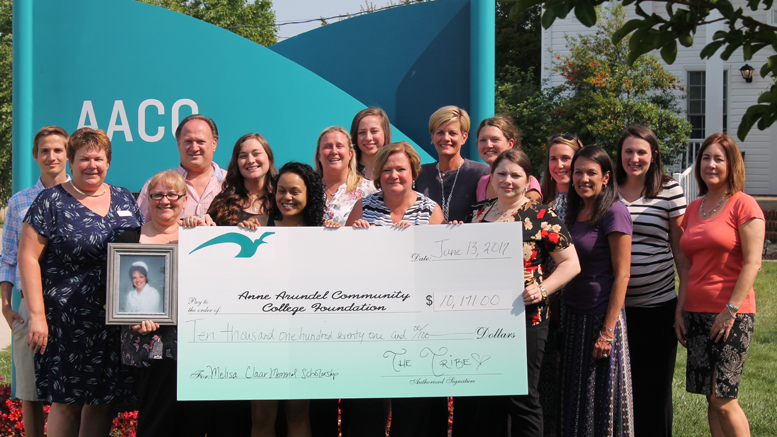The tax bill passed by Congress on December 20 could further depress community college budgets at a time when other revenue sources are declining.
“We’re concerned that the doubling of the standard deduction will lead to an increase in the number of people not itemizing their tax returns and to a decrease in the number and amount of contributions to community colleges,” says James Hermes, associate vice president for government relations at the American Association of Community Colleges.
The standard deduction will increase to $24,000 for joint filers and $12,000 for individuals. That is expected to reduce the number of taxpayers who itemize deductions from about one-third under current law to fewer than 10 percent.
As a result, the Joint Committee on Taxation estimates 32 million fewer people will be eligible to claim the deduction. As a result, across-the-board charitable giving may decline by about $12 billion to $20 billion in 2018, the Tax Policy Center reports.
Revenue will decline
“Charitable giving is an important revenue source for higher education,” says Liz Clark, senior director for federal affairs at the National Association of College and University Business Officers. “For public colleges, these donations help offset declines in state funding.”
Of the $300 billion in annual charitable giving, about $40 billion goes to higher education, adds Brian Flahaven, senior advocacy director at the Council for Advancement and Support of Education (CASE).
College donors most likely to scale back their giving due to the tax law changes are middle- to high-middle-income taxpayers who give about $1,000 to $2,000 a year, Flahaven predicts.
Community colleges depend the most on smaller annual gifts, and “they could potentially take a pretty big hit on that type of giving,” he says.
As state colleges and universities have seen public funding continue to decline, the projected drop in donations comes at a time when “the need to raise private money is more critical than ever,” Flahaven says. “There are not many other ways to raise revenue.”
The tax changes won’t take effect until the 2018 tax year, so some colleges are urging donors to take advantage of the tax deduction before it goes away.
In the short term, CASE plans to encourage its member colleges to urge donors to step up their giving in 2017. In the long term, CASE will work on getting a universal deduction back into the tax code.
Less money for students
Melissa Beardmore, vice president of learning resources management at Anne Arundel Community College in Maryland, is concerned about the impact a reduction in charitable donations would have on students in need.
The college’s foundation has an endowment of about $7 million and awards just under $700,000 a year in scholarships to about 450 students, Beardmore says. Most students are working adults, “and many are a car battery or major life expense away from having to drop out.”
“Alumni tend to give smaller amounts, so our community partners are critical,” she says. “We certainly hope our donors realize the impact of their gift on providing a better life for students and that the tax benefit is not the only factor in making that decision.”
Choi Halladay, vice president of administrative services in the Pierce College District in Washington, also expects lower levels of charitable giving to the Pierce College Foundation.
“We’re generally not the recipient of large-scale gifts,” Halladay says. “The vast majority of our donations are under $5,000. A lot of our donations are from people who want to reap a tax benefit, as well as make a difference.”
He expects the college to shift its fundraising strategy. “We had used tax deductibility as a big selling point, along with the things we do for students and the community.”
In December, the Pierce College Foundation sent out last-minute letters to donors to let them know about tax law changes for donation, Halladay says, and college officials also had individual conversations with donors about strategies to time donations.
Both Beardmore and Halladay, however, are glad the final version of the tax bill preserved the tuition and lifetime learning tax credits.
State funding concerns
The provision in the final version of the tax bill to limit itemized deductions for all state and local taxes to $10,000 is also expected to have a negative impact on community colleges.
Beardmore is concerned about how that change will affect state revenue, although the extent of that impact is unknown.
“Appropriations are constrained already. It they are constrained further, that’s problematic for us,” she says. “Appropriations should be a third of the college’s budget but are now at 25 percent. Any impact tax reform has on our state economy could lead to further problems for us.”
“This will put pressure on our local legislators to not be as likely to increase taxes or other forms of revenue,” Halladay says. “Over the long term, that will hurt us as a state-supported institution.”
Despite the tax changes, “we will continue to do our best to provide excellent educational opportunities to all of our students and serve our community,” he says. “We find it disappointing that changes to the tax code will make that more difficult for us.”

